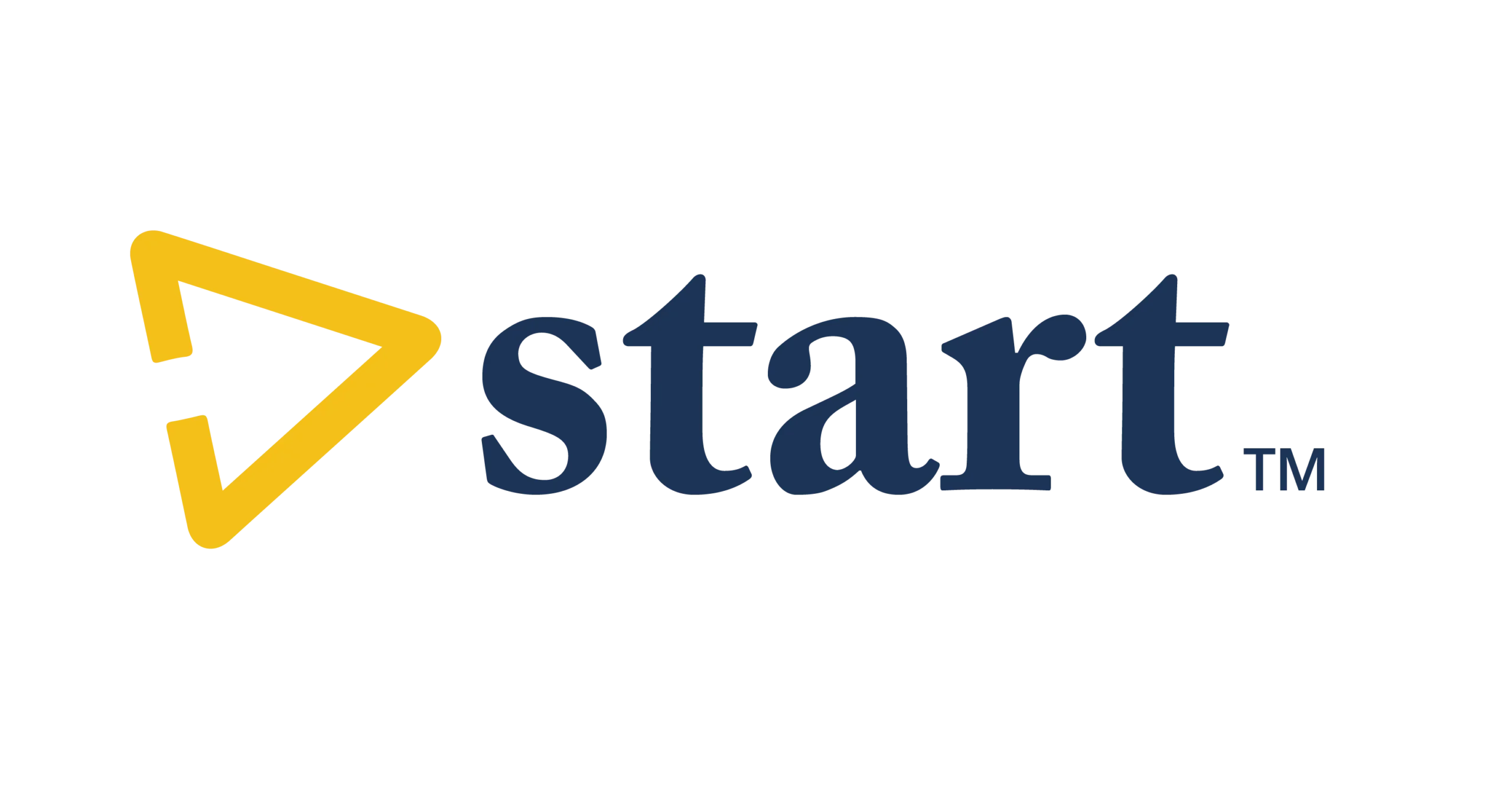
In a world where healthcare costs can often be opaque and overwhelming, a revolutionary approach is gaining traction—price shopping for medical procedures with cash payments. This proactive strategy empowers patients to take control of their healthcare expenses, potentially leading to substantial savings. Drawing insights from valuable resources like Patient Rights Advocate, this article will guide you through the essential steps and strategies for navigating the realm of cash payments in the pursuit of affordable and transparent healthcare.
1. Embracing the Power of Cash Payments
Paying for medical procedures in cash is a transformative shift away from traditional insurance-based transactions. As Patient Rights Advocate highlights, this approach can result in costs that are, on average, 39% less expensive. Embracing cash payments provides patients with the freedom to negotiate, avoid hidden fees, and simplify the billing process.
2. Leveraging Online Tools for Price Comparison
Start your journey by exploring online tools designed to help you compare prices for medical procedures. Platforms like Healthcare Bluebook, Fair Health Consumer, and Patient Rights Advocate offer valuable insights into the average costs of specific medical services in your geographic area. Armed with this information, you can make informed decisions about where to seek care.
3. Direct Communication with Healthcare Providers
Engage in open and transparent discussions with healthcare providers about the costs of medical procedures when opting for cash payments. Request detailed, itemized estimates that clearly outline the charges associated with each service. This communication allows for a better understanding of the financial aspects of your healthcare and provides an opportunity to negotiate directly with the provider.
4. Negotiation Strategies for Cash Payments
Negotiating for cash payments is a powerful tool in your arsenal. Express your willingness to pay promptly and inquire about potential discounts or flexible payment plans. Many healthcare providers are receptive to cash payments, appreciating the simplicity and efficiency of the transaction. Paying cash can also mean paying from your HSA, which is a tax-free option to pay for all your healthcare needs.
5. Understanding the Scope of Services
Before committing to a cash payment, ensure you have a comprehensive understanding of the scope of services covered. Request information on any potential additional fees or services that may not be included in the initial estimate. This transparency helps you avoid surprises and plan for your financial responsibilities accordingly.
6. Exploring Cash Discounts and Incentives
Many healthcare providers offer cash discounts or incentives to patients who can pay upfront. Inquire about such programs and explore the possibility of securing additional savings. Cash payments streamline the billing process for providers, making it a mutually beneficial arrangement.
7. Researching Quality and Patient Satisfaction
While cost is a significant factor, it’s crucial to balance it with considerations of quality and patient satisfaction. Research healthcare provider ratings, patient testimonials, and any available quality metrics to ensure that you’re making an informed decision that aligns with both your budget and your healthcare needs.
Why Price Shop for Medical Care?
Price shopping for medical procedures with cash payments is a transformative approach that puts patients in the driver’s seat of their healthcare journey. By leveraging online tools, engaging in direct communication with healthcare providers, negotiating strategically, and exploring cash discounts, individuals can unlock affordability and transparency in an otherwise complex system. As the healthcare landscape continues to evolve, embracing cash payments for medical procedures emerges as a powerful strategy for those seeking cost-effective, high-quality care.
Sources:
Healthcare Bluebook
